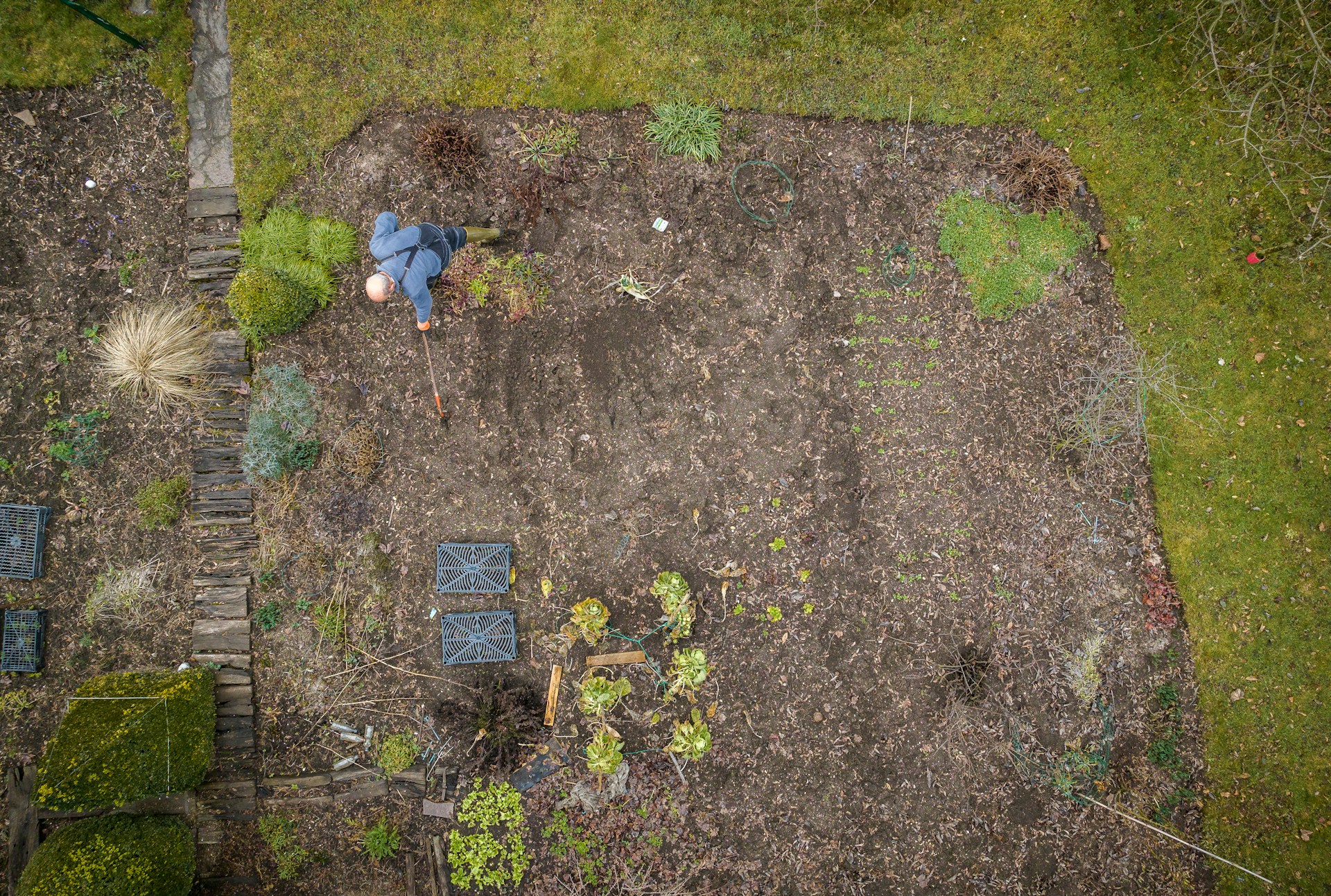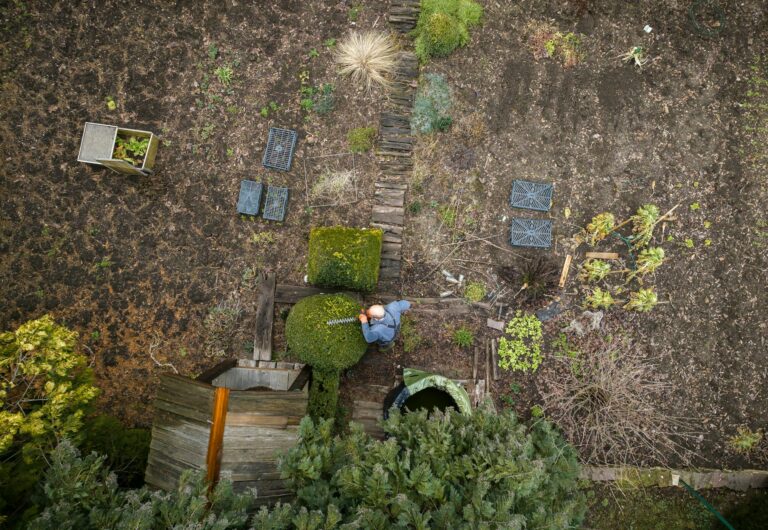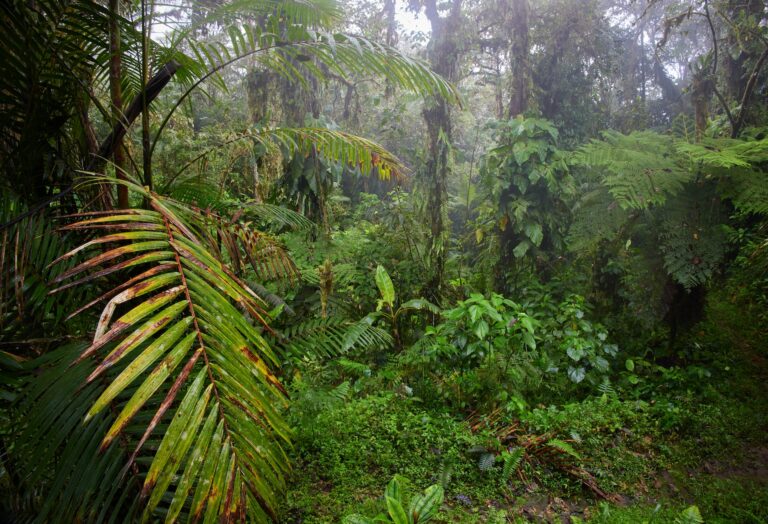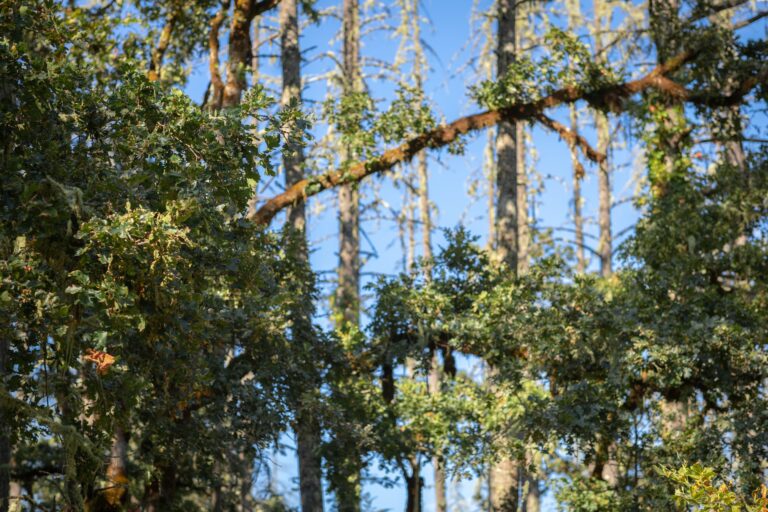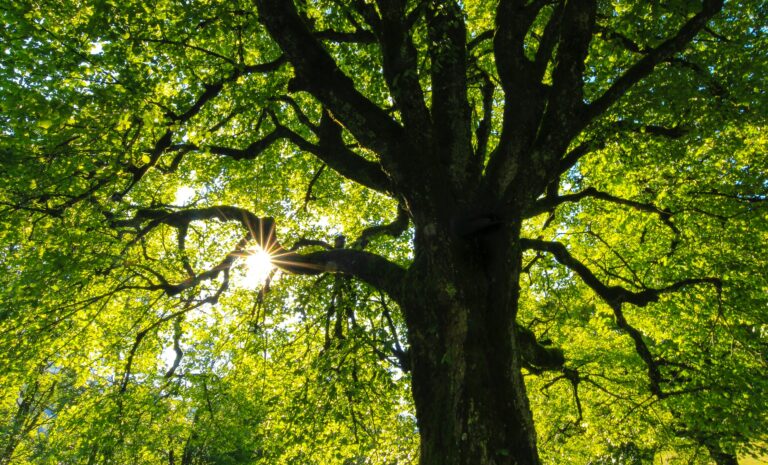Maintaining a Safe Landscape: Recognizing and Addressing Tree Hazards
A lush, beautifully maintained landscape not only elevates the aesthetic appeal of your Rock Hill, South Carolina property but also plays a crucial role in its overall safety. Proactively identifying and addressing potential tree hazards is an essential aspect of responsible tree care and landscape maintenance. By protecting your property and its occupants from the risks posed by damaged, diseased, or structurally unsound trees, you can enjoy peace of mind and proactively preserve the value of your property.
In this informative guide, we will provide valuable insights on recognizing common tree hazards, including signs of decay, root issues, and problematic limb attachments. Learn the fundamental principles of proactive tree care, which help to minimize these risks by promoting strong, healthy trees. Discover the importance of working with certified arborists like Niwaki Tree Services’s expert team, who can assess your property and provide personalized guidance and recommendations to address and prevent tree hazards.
Empower yourself with the knowledge and expertise needed to maintain a safe, healthy, and visually stunning landscape in Rock Hill, South Carolina, and ensure lasting enjoyment of your outdoor space for years to come.
1. Recognizing Common Tree Hazards
To effectively address potential tree hazards in your Rock Hill, South Carolina landscape, it is essential to recognize the most common warning signs that may indicate the need for professional intervention:
- Decay: Signs of decay or rot, such as wood loss or fungal growth around the trunk or on the roots, can weaken a tree, making it more susceptible to failure or collapse.
- Root Issues: Noticeable changes in the tree’s lean, heaving soil or exposed roots near the base of the tree, or sudden onset of premature leaf color changes may indicate root instability or damage, posing a potential risk for tree failure.
- Limb Attachments: Weak or cracked limb attachments, such as co-dominant stems (two branches growing from the same point) or heavy lateral limbs, can create structural vulnerabilities and increase the likelihood of limb failure.
- Deadwood: Dead or dying branches with brittle bark and lack of foliage often pose a risk as they can break and fall easily, causing injury or damage.
By familiarizing yourself with these common tree hazard indicators, you can be proactive in addressing these risks before they become critical issues.
2. Proactive Tree Care to Mitigate Tree Hazards
Maintaining optimum tree health through proactive tree care practices is one of the most effective ways to prevent and mitigate potential hazards in your landscape:
- Routine Inspections: Regularly inspect your trees, looking for signs of damage, disease, or weakness, and address any issues promptly before they escalate.
- Proper Pruning: Timely and appropriate pruning helps maintain a healthy tree structure, removing weak or damaged limbs, promoting better weight distribution, and reducing the risk of limb failure.
- Disease and Pest Control: Monitoring your trees for any signs of disease or pest infestation, and implementing preventative or treatment measures promptly, can alleviate their impact on tree health and structural integrity.
- Watering and Fertilizing: Ensuring adequate water and nutrient provision helps maintain the overall health and vigor of your trees, making them more resistant to damage, decay, and potential hazards.
By consistently practicing these proactive tree care methods, you can maintain a healthy, safe, and well-groomed landscape for your Rock Hill, South Carolina property.
3. Working with Certified Arborists for Professional Tree Hazard Assessments
Enlisting the support of certified arborists, like the team at Niwaki Tree Services, provides a vital resource for the identification, assessment, and management of tree hazards:
- Expert Knowledge: Arborists possess extensive knowledge of tree biology, structure, and health, allowing them to accurately identify, assess, and address potential tree hazards.
- Personalized Recommendations: Certified arborists provide customized guidance, tailored to your property’s unique landscape and tree conditions, ensuring the most effective and appropriate solutions for addressing tree hazards.
- Timely Interventions: Timely expert assessments and interventions can prevent tree hazards from becoming serious threats to your property, promoting a safer and more enjoyable outdoor space.
Consulting with certified arborists gives you access to the specialized knowledge, expertise, and support needed to maintain a safe and hazard-free landscape.
4. Addressing and Preventing Tree Hazards with Expert Solutions
Partnering with certified arborists for expert tree hazard solutions not only provides peace of mind but also preserves the overall health and beauty of your landscape:
- Removal or Support Systems: Arborists can help determine whether a tree poses a significant risk and if removal or support systems, such as braces and cables, are the most appropriate solution.
- Restoration Pruning: In some cases, corrective pruning or restoration pruning may be a viable solution, removing a hazardous limb or restoring the overall health and stability of the tree.
- Preventative Care: Establishing a customized preventative care plan with your arborist can help minimize future tree hazards by addressing potential issues early and promoting overall tree health.
Trust the expertise and support of certified arborists to provide the best solutions for addressing and preventing tree hazards on your Rock Hill, South Carolina property.
Safeguard Your Landscape with Expert Tree Care and Hazard Management
By identifying potential tree hazards and collaborating with certified arborists for expert guidance and assistance, you can maintain a safe, beautiful, and enjoyable landscape at your Rock Hill, South Carolina property.
Embrace proactive tree care practices and expert solutions from Niwaki Tree Services to protect your property and its occupants from the risks posed by damaged, diseased, or structurally unsound trees. Consult with our team of professionals to create a personalized tree care plan that ensures peace of mind and the lasting beauty and safety of your landscape!

